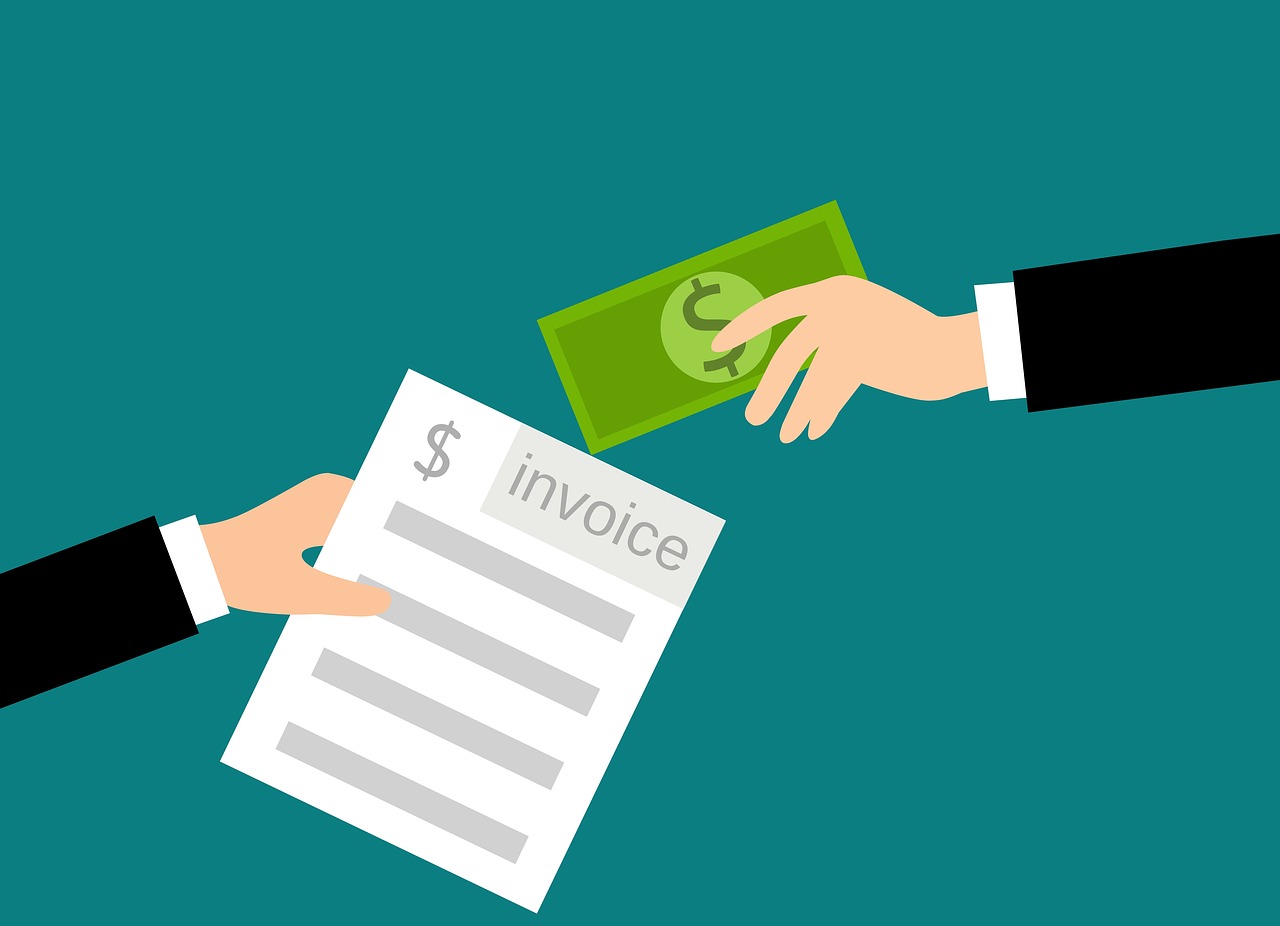
How to Apply a Discount to an Invoice
How to Apply a Discount to an Invoice A good discount is what your customer…


An invoice is a particular form that specifies a contractor, an orderer, lists the services or goods rendered, fees, taxes, payment options, and gives recommendations and tips. With its help, you, as a freelancer or self-employed, can get paid for the work performed. An invoicing email is a note that contains brief information, such as subject and purpose, and also has a bill attached.
With Saldo Invoice, you don’t have to come up with an accompanying text. Be sure you won’t miss any critical information. With our generator, you can make an invoice and send it to a recipient with a few clicks. Such a letter has a subject, which includes the doc ID and the sender’s name, while the text indicates the amount to be paid and the timeline. Your client will get the same information if you choose to share a file using a link.Most modern companies have long since switched to a paperless workflow. So, online invoice mailing has become a common thing. Our service offers the opportunity to use ready-made templates for any profession, job, and task. Even if you don’t find suitable forms in our library, you can always take a template basic invoice and customize it.
Each file already has all the required fillable fields, so you just need to fill in the data. After that, click “Send” to submit the finished document to a recipient to an email address specified in contacts, or pick the “Share” option and send a link to a file. All can be done within a few seconds and right on the go from any device. Now you definitely won’t think about how to write an email with an invoice attached.

First, shortly before the due date, you need to gently remind a client that the due date is approaching and ask them to deposit the agreed amount into your account. Secondly, after a few days from a deadline, it is worth writing an unpaid invoice email with information that the payment has not been received, and a customer will be penalized for the delay. The third email for an outstanding invoice should be made in a stricter form, indicating the fees for late payment and the threat to move to more decisive legal actions. Be sure to attach a copy of the papers to each message if an orderer accidentally deleted them. Here is an email invoice example:
Email Subject Line: Past Due Invoice Email [Invoice ID]
Message:
Hi [Client Name],
We hope this email finds you well. This is a friendly reminder from [Name of Your Business] that your payment of [Invoice Amount] for [Invoice Reference Number] is now past due.
Thank you!
[Your Company’s Name]



How to Apply a Discount to an Invoice A good discount is what your customer…

How to Add Taxable and Non-Taxable Items on One Invoice Invoicing is never as straightforward…

3 Reasons to Use Paperless Invoices It is 2024 out there, and machines have already…